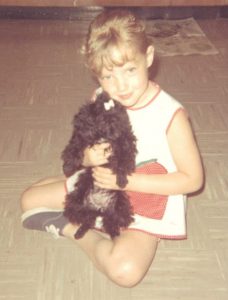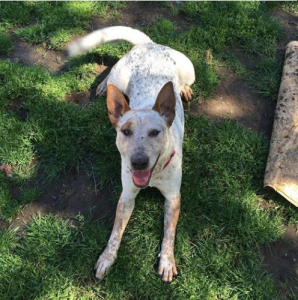How Would You Spend $50M?
On January 10, 2020 California Governor Gavin Newsom released his proposed 2020-21 budget. To the wide acclaim of animal welfare advocates throughout the state, the budget includes a $50 million one-time grant for the University of California Davis Koret Shelter Medicine Program to develop a grant program for animal shelters. The program will include interactive group training for approximately 100 shelters, selected on a voluntary basis and prioritized by need; California and regional best practices summits; and an online resource library available to all shelters. Over a five-year period, this program will provide expertise, support, and assistance to help local communities achieve the state’s longstanding policy goal that no adoptable or treatable dog or cat is euthanized.
This thrilling announcement shows how the concern for homeless animals has developed in public policy. It is so rewarding to see how public awareness of homeless animals has impacted animal sheltering in California. More and more people are making adoption their only choice when bringing a new pet into the family, bypassing the inhumane practices of puppy mills and backyard breeders. Spay and neuter is now customary, at least for those who can afford it (more on that below). Microchipping pets has become commonplace, and we are able to return lost pets to their devastated families even years after the pets went missing.
However, there is still much work to be done and Governor Newson’s proposal can be a game changer. I have been thinking about how this grant can be used to help the most underserved areas in our state. Some areas, like the Central Valley, extreme Northern California, and the remote desert areas have a dearth of services available to pet owners. However “deserts” of resources exist in even the most populous areas, such as Los Angeles County.
A couple weeks ago I rode along with officer Art Menchaca from our Carson/Gardena animal care center. We first patrolled the Palos Verdes Peninsula, a wealthy and beautiful area of Los Angeles County. We had no calls for loose animals, dangerous dogs, areas overpopulated with cats, or other common situations. Our only calls were for dead animals, mostly wildlife, that had been hit by cars.
Later, we responded to a call for a dog attack on a smaller dog in Lennox, an underserved area of unincorporated Los Angeles County south of Los Angeles. The little dog suffered severe lacerations around her neck that were going to require extensive suturing. The attacking dog was a husky mix that lived across the street. It ran across the street and attacked the little dog on her own property. Three boys from her family were extremely shaken by what happened, and very concerned for her well-being. The husky owner’s yard and fencing were poorly maintained and could not contain the husky or another smaller male black dog she cared for. These dogs regularly ran loose.
We learned that the black dog was the father of the victim dog, and the mother of the victim dog lived across the street with a neighbor. Another neighbor had a sibling of the little dog. So, just on one small street I saw how poverty and unavailability of services, even in a large city, made this one street unstable and created more unplanned animals.
I am pleased to report that Officer Menchaca has been following up on this case. The little dog received the medical care she needed, the husky’s fence was repaired, and the male black dog has been neutered. But I think this all could have been prevented if more resources had been available to the pet owners before this happened. That is why I am so excited about Governor Newsom’s proposed $50M to help animals. It won’t solve all the problems, but it is a great start.
The most common reason people surrender pets to our care centers is because the animal has a medical condition they cannot afford to treat, or the pet owner has lost their housing. Stray animals are brought to our care centers for safety and care. Many of them arrive because their fencing is in disrepair or their owners allow them to run loose.
How can we best help these most vulnerable of animals? Is it with mobile medical clinics to take services to underserved areas? Educating owners regarding pet care laws (Los Angeles County requires spay, neuter, and microchipping of all dogs and cats and prohibits animals from running at large)? Creating grass-roots community groups to reach out to their neighbors and find creative solutions that best meet their needs?
The future is exciting, and the possibilities are endless. How would you spend $50M to help California’s animals?




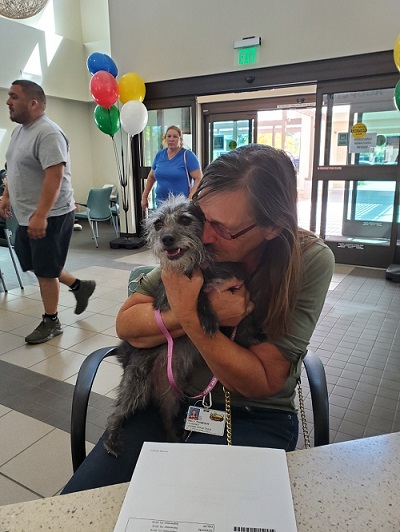
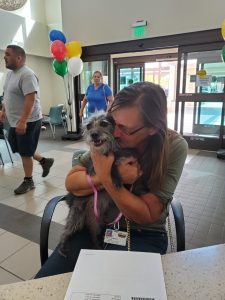
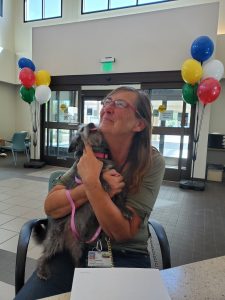 Hundreds of thousands of lost pets have been reunited with their distraught families because the pets were microchipped. While tags can become lost or damaged and tattoos can fade or be altered, microchips provide permanent identification that cannot be changed. Due to the presence of a microchip, DACC has reunited owners with pets that had been missing for many years
Hundreds of thousands of lost pets have been reunited with their distraught families because the pets were microchipped. While tags can become lost or damaged and tattoos can fade or be altered, microchips provide permanent identification that cannot be changed. Due to the presence of a microchip, DACC has reunited owners with pets that had been missing for many years



